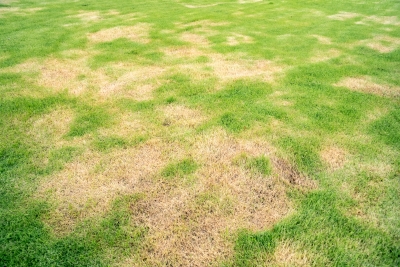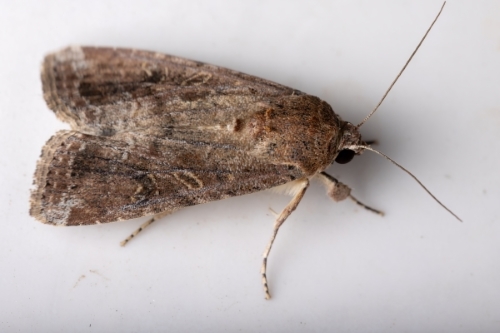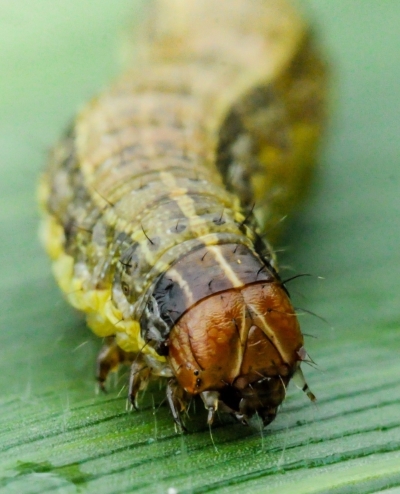Armyworm Control
March These Pests Out: Evict Armyworms from Your Lawn
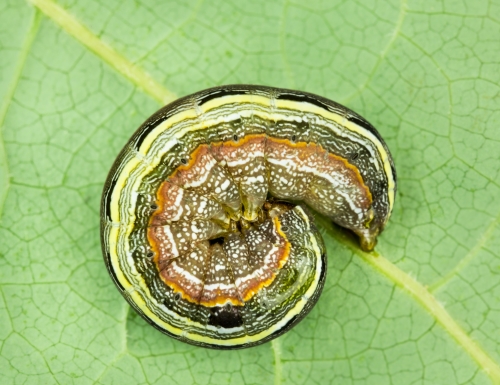
Protection Against Armyworms
Armyworms have earned their name from their methodical and uniform ability to move as a unit and consume greenery. These grubs pose a significant threat to your carefully crafted yard, known for their incredible appetite and ability to rapidly destroy turf. These pests can cause extensive damage in a short amount of time, so it is crucial to act quickly and effectively with identification and remediation.
For more details on how to identify and handle armyworms, read our comprehensive FAQ blog to learn more.
The Life Cycle of Armyworms
Like other grubs and bugs, armyworms follow a standard life cycle. Armyworms are the larval stage of various moth species, including the fall armyworm and true armyworm. These larvae hatch from eggs laid by adult moths on the bottom of leaves and blades of grass. Once hatched, the larvae begin feeding on nearby foliage. They are particularly destructive because they feed both day and night, rapidly stripping lawns of their greenery. As they mature, armyworms burrow into the soil to pupate, emerging later as adult moths to lay eggs and begin the cycle again.
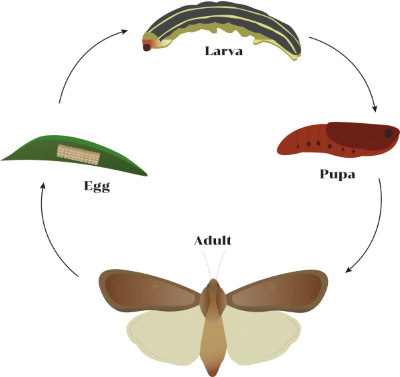
Controlling Armyworms in Your Lawn
Our comprehensive armyworm program is designed as a preventative and curative option for these pests to bring balance back to your ecosystem. This supplemental service involves targeted applications during peak the armyworm’s larval stage to effectively target and eliminate their existing population.
Seeing armyworms on your lawn? Get a free estimate and schedule a treatment today.
Lawn Programs
-
Premium Lawn Care Service7 Applications per Year
- Pre-emergent crabgrass control
- Broadleaf weed control
- Nutsedge control
- Starter lawn fertilizer for seedling germination and development
- Liquid and granular lawn fertilizer applications
-
Estate Lawn Care Service11 Applications per Year
- Pre-emergent crabgrass control
- Broadleaf weed control
- 2 applications of nutsedge control
- Starter lawn fertilizer for seedling germination and development
- Liquid and granular lawn fertilizer applications
- 4 applications of lawn disease prevention fungicides
- Lime Application
- Grub Control
- Annual soil samplings and results
What to Expect with Armyworm Control
The Virginia Green approach ensures your lawn is protected from the potential damage caused by armyworms.
Assessment
The first step is to assess if your lawn has an armyworm population that can cause damage. While grubs are common, the number of armyworms dictates the required action. Our team can evaluate the situation and recommend the best solution.
Treatment
Send armyworms scurrying with our targeted application treatment. This, along with proper fall aeration & seeding, can deter armyworms and strengthen your lawn's resilience throughout the year.
Maintenance
After treatment, you will be provided detailed post-service maintenance guidelines to keep your lawn in top condition. Following these steps not only enhances the beauty of your lawn but also creates a less inviting environment for armyworms.

Is Armyworm Control Right for Your Lawn?
If you've noticed signs of armyworm damage or want to schedule an assessment, our team is here to help. Contact Virginia Green to learn more about our tailored armyworm treatment. Our expert team is dedicated to helping you maintain a healthy, beautiful lawn all year round.
